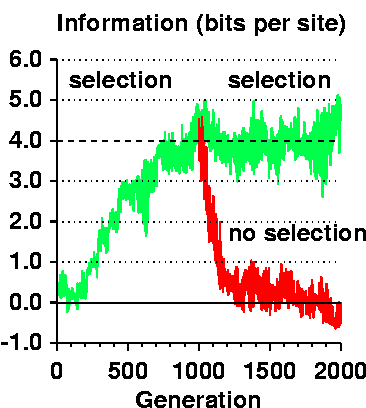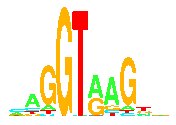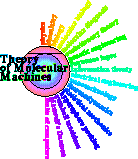Title:
Molecular Information Theory: From Clinical Applications To
Binding Site Evolution
Author:
Molecular Information Theory: From Clinical Applications To Binding
Abstract:
Information theory was introduced by Claude Shannon in 1948 to
precisely characterize data flows in communications systems. The same
mathematics can also be fruitfully applied to molecular biology
problems. We start with the problem of understanding how proteins
interact with DNA at specific sequences called binding sites.
Information theory allows us to make an average picture of the binding
sites and this can be shown with a computer graphic called a sequence
logo (https://alum.mit.edu/www/toms/glossary.html#sequence_logo).
Sequence logos show how strongly parts of a binding site are conserved
in bits of information. They have been used to study a variety of
genetic control systems. More recently the same mathematics has been
used to look at individual binding sites using another computer
graphic called a sequence walker
(https://alum.mit.edu/www/toms/glossary.html#sequence_walker).
Sequence walkers are being used to predict whether changes in human
genes cause mutations or are neutral polymorphisms. It may be possible
to predict the degree of colon cancer by this method.
How do genetic systems gain information by evolutionary processes?
Information theory was used to observe information gain in the binding
sites for an artificial `protein' in a computer model of evolution.
The model begins with zero information and, as in naturally occurring
genetic systems, the information measured in the fully evolved binding
sites is close to that needed to locate the sites in the genome. The
transition is rapid, demonstrating that information gain can occur by
punctuated equilibrium. (https://alum.mit.edu/www/toms/paper/ev).



 sequence logo
sequence logo as of 2012 Mar 14
as of 2012 Mar 14
 as of 2005 May 24
as of 2005 May 24

